How to Garden in a Small Space
Are you wanting to garden but feel limited by your small space? There are many little things you can do to grow as much as possible in whatever growing area you have. One of the core beliefs that Sprig & Spoon is founded on is that anyone can (and should!) have a garden. Whether that means growing enough food to feed your entire family for the year or some potted herbs on your windowsill, I want to equip you to succeed in your gardening endeavors.

Gardening in small spaces poses a particular set of challenges, but it is completely doable to put whatever available space to good use. I started out gardening with a few potted plants outside my apartment and now I have a medium-sized garden that is growing each year. If you want to grow a lot of food even with limited growing space, here are my best tips and crop recommendations for maximizing your garden when you don’t have loads of space.
This post contains affiliate links. If you make a purchase through the links, I will earn a small commission at no cost to you. As an Amazon Associate, I earn from qualifying purchases. Read my full disclosure here.
Grow Vertically
In general, gardens with limited horizontal space have nearly unlimited vertical space. There are quite a few plants that only need 6-18 inches of horizontal space, but grow several feet vertically when trellised. These plants will give you the most bang for your horizontal space buck. For example, cucumber vines will easily take up 3-4 square feet of space in your garden if left on the ground, but with a trellis, you could keep it contained to one square foot and harvest dozens of cucumbers from that small space. Growing vertically does require more materials (i.e. a trellis), but it’s a highly effective way to get a lot of vegetables out of your growing space. You can purchase trellises, make them out of sticks or dowels, or utilize a fence you already have by tying string or chicken wire to it.
Great plants to grow vertically:

Interplant
Interplanting is an effective way to layout your garden so that no space is going to waste. This simply means to grow compatible crops closely together, rather than doing the traditional rows of crops. Interplanting allows you to pack the plants together tighter, so you’ll be able to grow more plants overall.
Many plants grow well together because they have different nutritional needs or have different height and light requirements, so there is less competition between them. A very common interplanting combination is marigolds, basil, and tomatoes. They support each other by repelling pests and providing nutrients to one another.
You don’t have to spend a long time researching which plants to grow together. Consider the needs of each of your plants and how they might complement each other. Cilantro and lettuce don’t like the heat, so they would probably grow well in the shade of your peas. Radishes don’t need very much space for roots, so you could tuck some in between tomato and cucumber plants.
Interplanting can go wrong if the plants are too close together. If plants are packed too tightly in a space, they will be stunted from lack of light, water, nutrients, or root space. Monitor how the plants are doing and always pay attention to the spacing requirements on the seed packets. You can deviate from those guidelines a little bit, but don’t put a 2-foot plant into a 6-inch space.
Don’t Forget Flowers
Flowers are commonly seen as non-essential plants and are the first to be rejected when planning a small space. It’s understandable why; flowers don’t provide you with food (there are many edible flowers, but I would call these a garnish more than a food). However, flowers are incredibly important to have a healthy garden, so don’t leave them out entirely! Flowers attract pollinators and beneficial predator insects to your garden. These bugs are critical to keep your pests at bay and grow thriving, pollinated vegetables. You don’t have to use up a lot of space on your flowers; simply plant a few compact flowers throughout and you’ll bring in the beneficial bugs!
Some lovely compact flower options:

Utilize Containers
If you have limited in-ground space but lots of porch, patio, or deck space, definitely consider growing in containers. The plants I’ve has the most success with growing in pots are peppers, herbs, and flowers, but almost any vegetable can be grown in containers. There are a few things to note about growing in containers:
- It is critical to make sure the pot is big enough for the plant you are growing. A simple Google search will give you a range and always lean towards more space rather than less.
- Potted plants usually need to be watered more often. Their roots don’t go down as far and they don’t have the same soil structure to hold water in place. That being said, make sure your pots have holes in them for good drainage. Pay attention to how dry the soil is and water them as needed.
- Potted plants need fertilizer. I don’t usually recommend fertilizer when plants are in the ground, but it is often necessary to fertilize potted plants. The small amount of potting soil just doesn’t compare nutritionally to a large amount of healthy soil with all of its bacteria and fungi giving plant nutrients. Apply an organic, well-balanced fertilizer every few weeks to have the best harvests you can.
- If you can, always try to use organic, peat-free potting soil. Especially if you want to compost it when you’re done. Especially if you are going to be eating what you are growing. It will be much better for your health and for the environment.
Grow Short Season Crops
Each vegetable has a time to maturity, or the amount of time it takes from seed to plate. For the shortest season crops, you can have a full-grown veggie in 30 days. Longer season crops can be 120 days and beyond. If you want to grow a lot in a small space, shoot for short-season crops so you can continually be harvesting. Instead of your growing space being used all summer for one onion harvest in the fall, you could grow radishes, cilantro, carrots, cucumbers, and cabbage feasibly within one season (depending on your growing zone). If you grow short-season crops and keep the area planted, you can harvest throughout the growing season. Start early with cold season crops, plant your summer crops as soon as your last frost date is passed, and, if your growing zone allows, plant a fall garden in late summer. Try to have seedlings ready (either homegrown or from a store) to go in as soon as the previous plant is taken out.
Here are my favorite short-season crops:
- Radishes
- Lettuce
- Arugula, spinach, and other greens
- Baby bok choi
- Certain summer squash varieties
- Bush beans
- Beets
- Green onions
- Cilantro
- Certain carrot varieties
- Turnips
Grow Cut and Come Again Crops
Rather than continuously sowing, you can grow cut and come again crops. These are vegetables that can be continually harvested and they will keep producing more, versus a plant that gives you one harvest and then it’s done (i.e. a radish). This is a great option if you want to be less involved in the garden but still get lots of food. You can also combine cut and come again crops with successive sowings as I describe above. Here are some great cut and come again plants:

What Not to Grow
If you really want to grow any of these, you definitely can! These are just plants that take up a lot of space and won’t give you a lot of variety. In one 4’ x 8’ raised bed, for example, you could grow one pumpkin plant comfortably. You will only get pumpkins and they won’t be ready until the fall. Perhaps you really want pumpkins, then it might be worth it to you! If you’re wanting a garden you can eat from all summer long, you will probably want to skip the pumpkins in small gardens. Some of these veggies will be worth it and others won’t; you just have to figure out what works best for your priorities and growing space.
- Full-size pumpkins
- Full-size melons
- Summer squash
- Winter squash
- Indeterminate tomatoes (unless they are pruned and trellised)
- Potatoes
- Sweet Potatoes
- Eggplant
- Cabbage
- Broccoli
- Cauliflower
- Brussel Sprouts
- Corn
- Berries
- Artichoke
Whether you have a few pots on a windowsill or just a smaller outdoor garden bed, these tips will help you grow a lot of food in very little space. Don’t let your small growing area keep you from gardening; even a little bit of homegrown food will be life-changing!

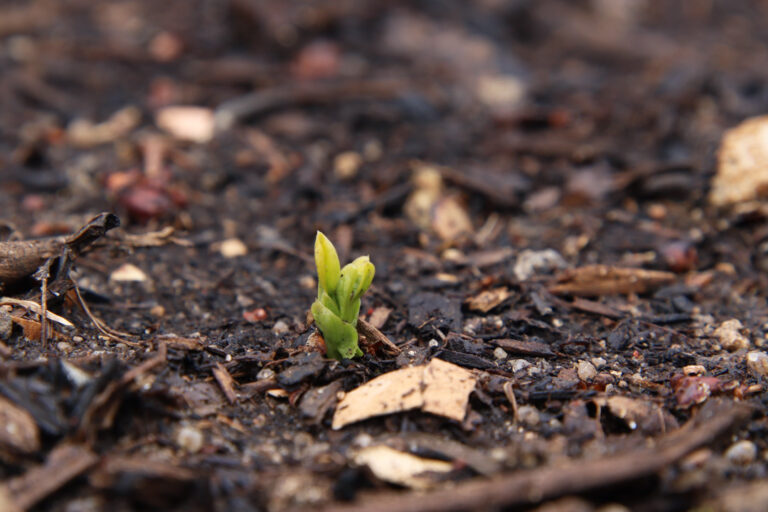

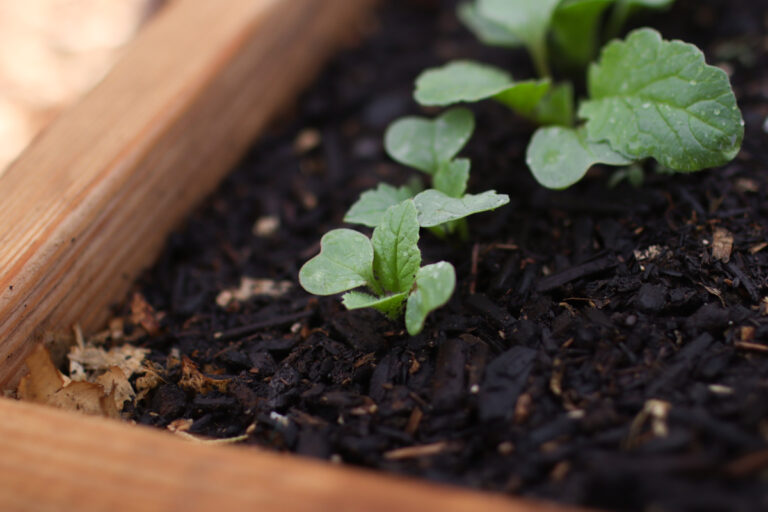
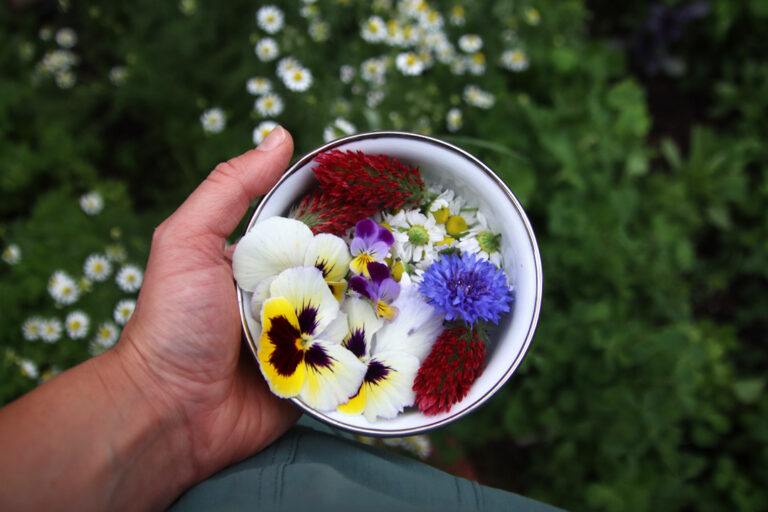
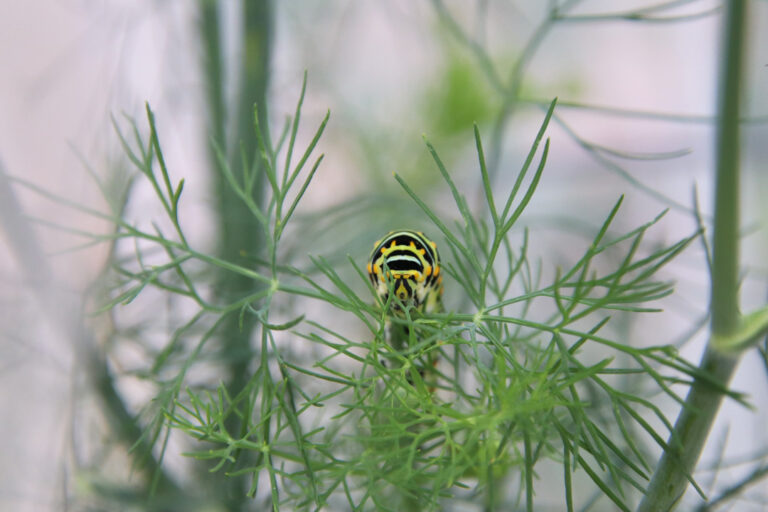
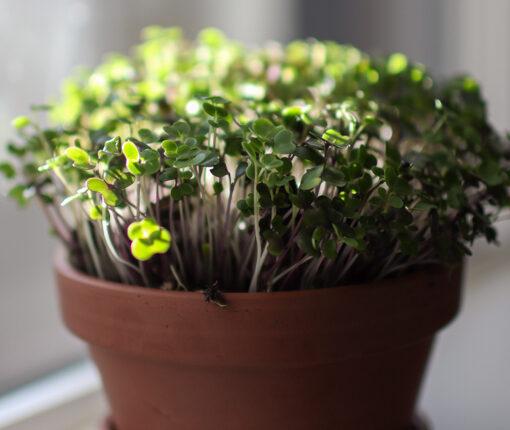
One Comment
Comments are closed.